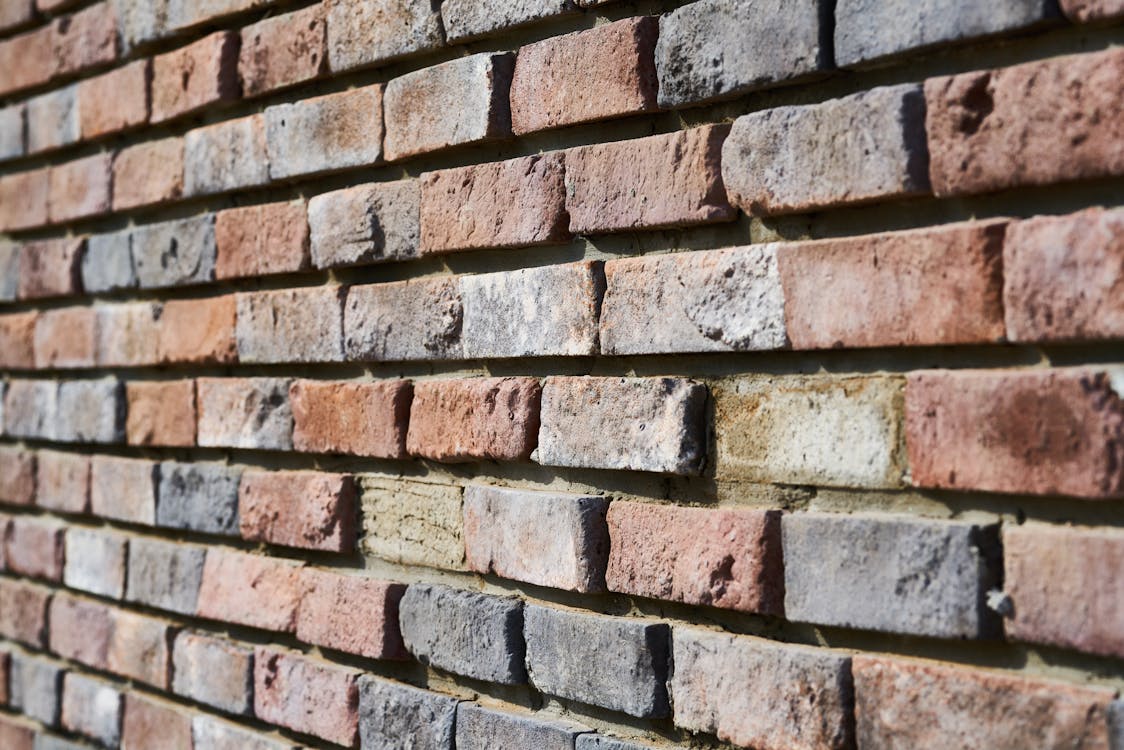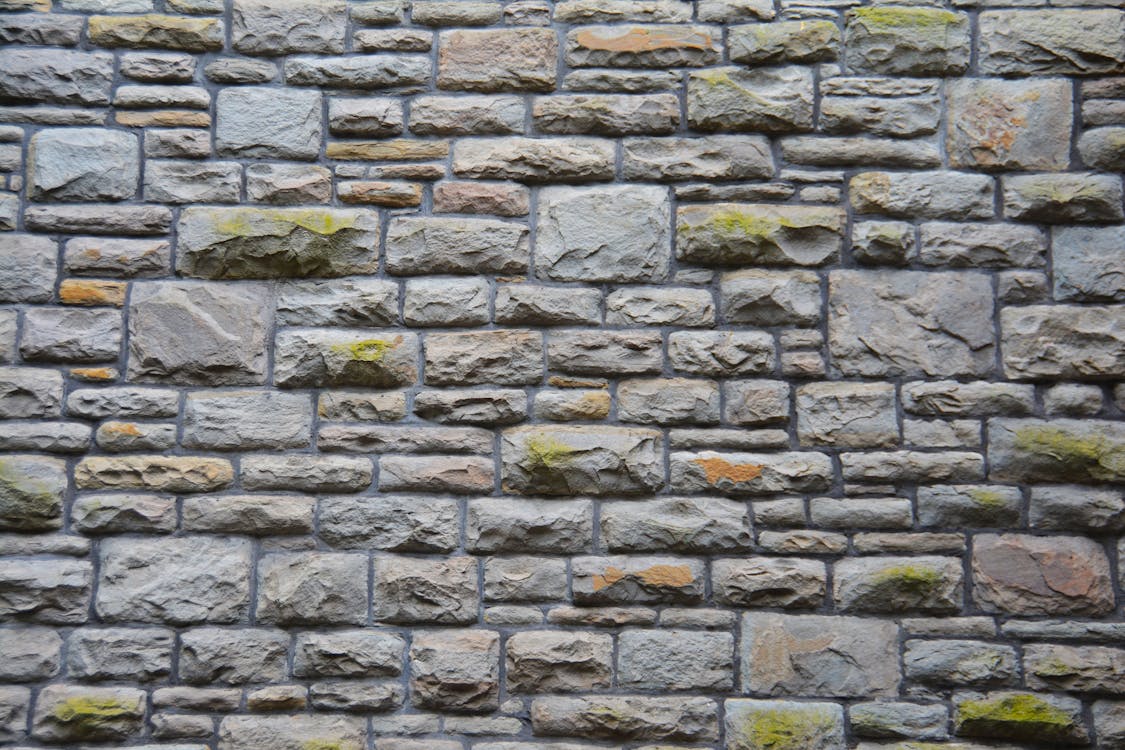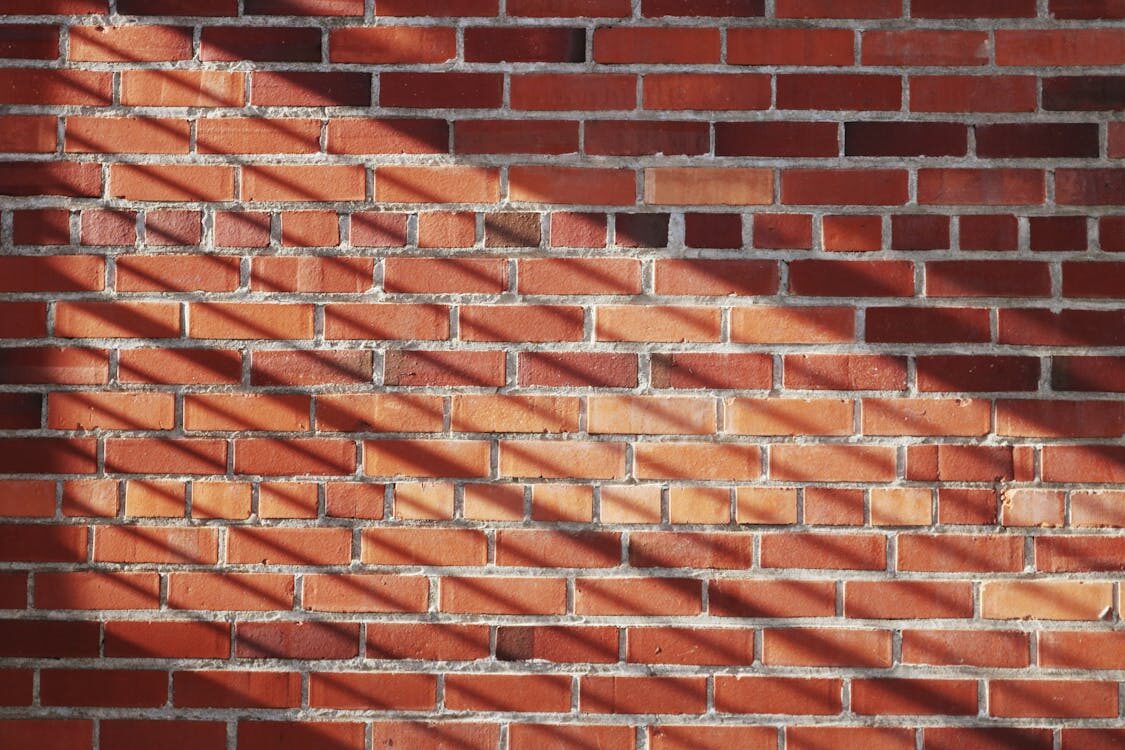Brick walls, with their timeless charm and durability, have been an important aspect of architecture for centuries.
However, time, weather, and seismic activity can take a toll on these structures, leading to cracks, spalling, and other forms of deterioration. To ensure the longevity and aesthetic appeal of historic brick walls, it’s essential to employ effectivebrick wall repair methods.
Repointing: An Essential Technique for Brick Wall Restoration

Repointing is one of the most widely used techniques for repairing brick walls, particularly those that show signs of wear and tear due to weather exposure, age, or structural issues. This method involves the careful removal of damaged or deteriorated mortar that exists between bricks and replacing it with fresh mortar. Properly executed repointing can significantly enhance the structural integrity of a wall while also improving its aesthetic appeal.
The Importance of Mortar
Mortar plays an essential role in the overall stability and longevity of brick structures. It acts as a binding agent that holds the bricks together, allowing for the distribution of weight and the absorption of moisture. Over time, mortar can deteriorate due to various factors such as freeze-thaw cycles, moisture penetration, and environmental pollutants. When mortar breaks down, it can lead to cracks, gaps, or even brick displacement, compromising the integrity of the entire wall.
Traditional Techniques and Materials
In historic preservation projects, traditional lime-based mortars are often favored for repointing. Lime mortar is valued for its breathability, allowing moisture to evaporate while preventing water from becoming trapped within the masonry. This is particularly important for older buildings, as it helps maintain the structural health of both the bricks and the mortar over time. The compatibility of lime mortar with historic brickwork ensures that the repairs do not introduce materials that could damage the existing structure or alter its appearance.
Modern Approaches to Repointing
While traditional methods remain popular, advancements in materials and techniques have led to the development of modern repointing options. Specialized grouts and injection mortars are now available to address more severe damage, such as deep cracks or significant mortar loss. These materials often possess enhanced bonding properties and can provide a more durable solution for structural issues. For example, epoxy-based mortars may be used for their superior strength and resistance to water, making them ideal for high-stress areas or environments with extreme weather conditions.
The Repointing Process for Concrete Block Repair
The repointing process typically involves several key steps:
Assessment: A thorough inspection is conducted to determine the extent of the damage and identify areas that require repointing.
Mortar Removal: The existing damaged mortar is carefully removed using chisels or specialized tools, ensuring that the bricks remain intact and undamaged.
Preparation: The area is cleaned to remove any dust, debris, or loose particles which can interfere with the adhesion of the new mortar.
Application of New Mortar: Fresh mortar is then applied using a pointing trowel or mortar bag, ensuring that it is compacted firmly into the joints.
Finishing Touches: Once the new mortar has been applied, it is tooled to create a smooth, finished appearance. Any excess mortar is removed, and the joints are allowed to cure properly.
Repointing is an essential technique for maintaining and restoring brick structures, ensuring their longevity and structural integrity. Whether through traditional lime-based mortars or modern specialized materials, this method provides a reliable solution for addressing the wear and tear that brick walls experience over time. By investing in repointing, homeowners and building managers can protect their investments and preserve the character of historic masonry.

Crack Injection: Restoring Structural Integrity in Brick Walls
Crack injection is an essential technique used for repairing larger cracks or voids in brick walls, ensuring the longevity and stability of the structure. This method involves the application of a low-viscosity epoxy or polyurethane resin, which is specifically formulated to penetrate deep into the crack or void.
The Process of Crack Injection
The crack injection process begins with a thorough inspection of the damaged area. Identifying the size and depth of the cracks is crucial, as this will inform the type of resin used and the injection technique. After assessing the damage, the crack is cleaned to remove any debris, dust, or loose material, ensuring that the resin can bond effectively with the surrounding brickwork.
Once the preparation is complete, injection ports are installed along the crack. These ports serve as entry points for the resin and are strategically placed to allow for even distribution throughout the void. The chosen epoxy or polyurethane resin is then injected through these ports under pressure.
Benefits of Using Epoxy and Polyurethane Resins
The use of low-viscosity resins offers several advantages. Their thin consistency allows them to flow easily into the smallest of cracks, effectively filling voids that might otherwise be missed. As the resin cures, it undergoes an expansion process, filling the entire crack and ensuring a secure bond with the surrounding brick. This expansion not only seals the crack but also helps to reinforce the structural integrity of the wall.
Restoration and Prevention
Once the resin has fully cured, the injection ports are removed, and any excess material is trimmed for a smooth finish. The repaired area can then be painted or sealed as needed to match the surrounding brickwork, restoring the aesthetic appeal of the wall.
In addition to repairing visible damage, crack injection can also prevent further deterioration by stopping moisture infiltration, which is a common cause of structural problems in brick walls. By addressing cracks promptly with this effective technique, homeowners can significantly extend the lifespan of their brick structures and avoid more costly repairs in the future.
Specialized Mortars for Brick Wall Repair
The choice of mortar plays a major role in the success of brick wall repairs. Mortars are not merely a binding agent; they significantly influence the overall integrity, durability, and aesthetic of the wall. When it comes to repairing brick walls, modern mortars are available in a variety of specialized formulations tailored for specific applications, making them an essential consideration for any restoration or repair project.
Historic Preservation
When dealing with historical buildings, it is imperative to use mortars that match the original materials. Specialized mortars for historic preservation are designed to be compatible with the existing masonry, both in terms of composition and color. These mortars often utilize traditional materials, such as lime, which allows for flexibility and breathability, minimizing the risk of damage to the original bricks and masonry. Using the right mortar not only preserves the structural integrity but also maintains the historical character of the building, ensuring that repairs are both functional and visually consistent with the original design.
Waterproofing
Water infiltration is one of the most significant threats to the longevity of brick structures. Specialized waterproofing mortars are formulated to provide enhanced resistance to moisture. These mortars often include additives that create a barrier against water penetration while still allowing for breathability. This is crucial because it prevents the buildup of moisture within the wall, which can lead to mold growth, efflorescence, and structural damage. By incorporating waterproofing mortars into brick wall repairs, homeowners and builders can significantly enhance the longevity and durability of the structure.
Seismic Resistance
In regions prone to seismic activity, using specialized mortars designed for seismic resistance is essential. These mortars have properties that allow them to absorb and dissipate energy during an earthquake, minimizing the risk of cracking and failure in the masonry. The right seismic-resistant mortar can help maintain the structural integrity of brick walls, ensuring that they remain stable even under extreme conditions. This not only protects the building but also enhances the safety of its occupants.
Enhanced Durability and Performance

Overall, the use of specialized mortars in brick and block wall repairs greatly enhances the durability and performance of the repaired structure. These mortars are engineered to provide superior adhesion, flexibility, and resistance to environmental factors such as temperature fluctuations, moisture, and chemical exposure. By selecting the appropriate type of mortar for a specific application, builders and homeowners can ensure that their repairs withstand the test of time and environmental stresses.
Preservation of Historic Character: A Guiding Principle in Brick Wall Restoration

When undertaking the repair of historic brick walls, preserving their original character and appearance is paramount.
These structures often carry significant historical, architectural, and cultural value, serving as tangible links to our past. Therefore, any restoration work must respect and reflect this heritage.
Use of Traditional Repair Techniques
Employing traditional concrete block repair techniques is critical to ensuring that the integrity of the historic wall is maintained. This may involve methods that have been used for centuries, such as hand-pointing or using lime mortar instead of modern Portland cement. Lime mortar is not only more compatible with the original materials but also allows for the natural movement of the bricks, which is essential in preventing further damage.
Matching Color and Texture
Another key aspect of maintaining the historic character is the careful matching of the color and texture of existing mortar and bricks. Each brick-and-mortar joint contributes to the wall’s aesthetic, and any inconsistencies can detract from its authenticity. Restoration specialists often conduct thorough analyses of the original materials, taking samples to ensure that replacements harmonize seamlessly with the surrounding structure. This attention to detail can include sourcing bricks that replicate the original size, shape, and color, which may involve working with specialty suppliers or even crafting custom bricks.
Avoiding Excessive Alterations
In the spirit of preservation, it is essential to avoid excessive alterations that could compromise the wall’s historic character. This includes refraining from using modern techniques or materials that would alter the wall’s appearance or structure significantly. For instance, the introduction of synthetic coatings or sealants can trap moisture and lead to deterioration, undermining the wall’s long-term health.
Consideration of Historical Context
Understanding the historical context of the building also helps in the preservation process. Restorers should familiarize themselves with the building’s architectural style, period, and historical significance. This knowledge guides decisions related to repairs, ensuring that they align with the original design intent and the overall historic integrity of the structure.
Engaging with Preservation Standards
Adhering to established preservation standards and guidelines is essential for maintaining the historic character of brick walls. Organizations like the National Park Service (NPS) provide resources and standards that help guide restoration efforts. By following these guidelines, restoration projects can ensure that they meet both aesthetic and historical preservation criteria.
The preservation of historic character when repairing brick walls is not merely a matter of aesthetic choice; it is a commitment to honoring the craftsmanship and history embodied in these structures. Through traditional techniques, careful material selection, and a respectful approach to alterations, we can help ensure that our historic brick walls continue to tell their stories for generations to come.
By employing modern block wall repair methods and specialized materials, it’s possible to preserve the beauty and integrity of historic brick walls. Whether facing minor cracks or more extensive damage, professional brick wall repair services can help ensure that these architectural gems continue to stand the test of time.
So, for professional masonry repairs, get in touch with the leading block wall company, Brick Block & Stone. Our team of retaining wall contractors and rebar contractors have over a decade of experience in the industry and will ensure thorough and tailored concrete block repair solutions.
From entranceway masonry designing and masonry repairs to expert grout repairs and concrete block repairs, our team can handle it all.
Contact us today to schedule a consultation and learn more about our Paver Installation Companies in Colorado Springs



